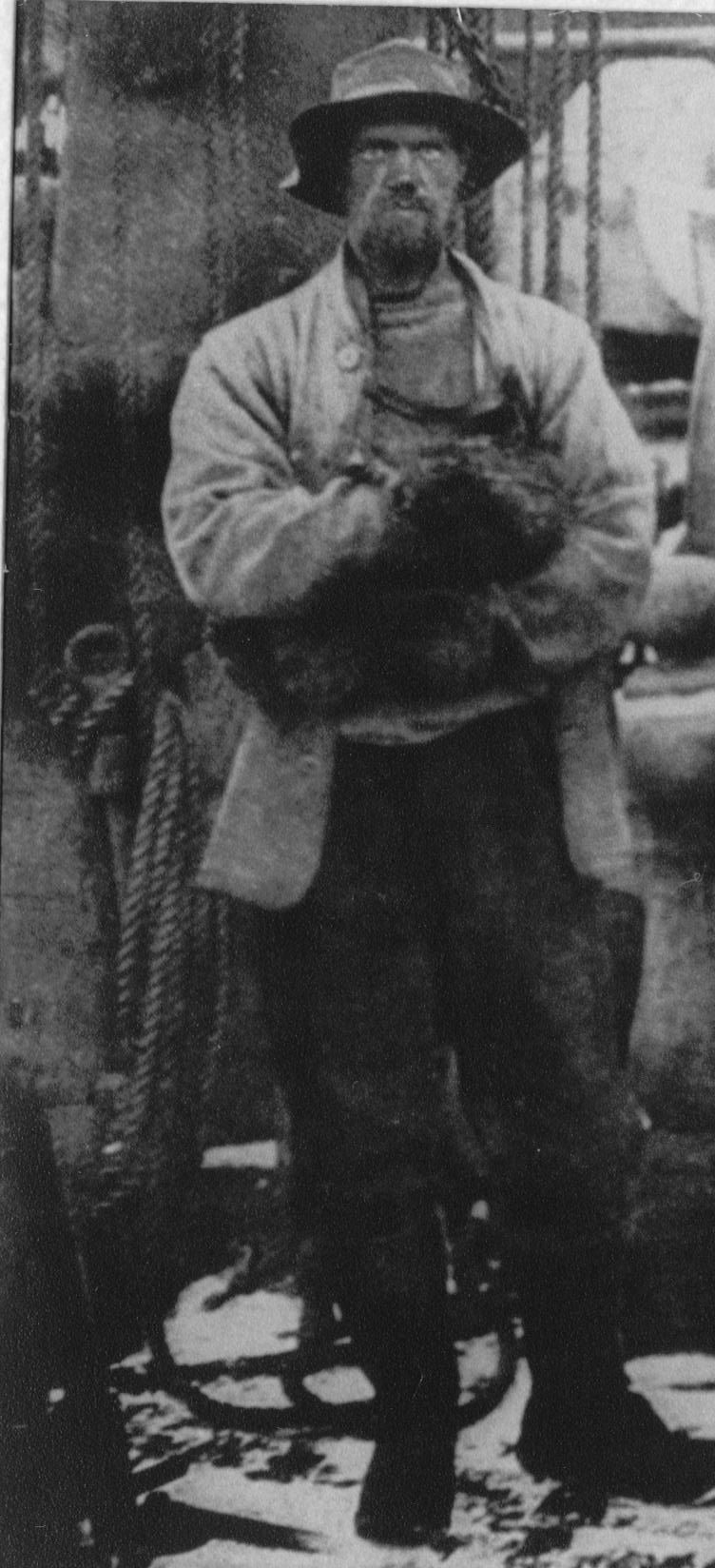Thomas Griffith Taylor
TKS 1896 - 1898
GEOGRAPHER and ANTARCTIC EXPLORER

Thomas Taylor was a meteorologist and geologist on Scott’s Terra Nova expedition to Antarctica in 1910.
After attending The King’s School, Thomas graduated from Sydney University excelling in science and mining engineering. Studying under Edgeworth David, who later accompanied Shackleton to the Antarctic, he was awarded an 1851 Exhibition in 1907 to Emanuel College, Cambridge. Thomas was elected a fellow of the Geological Society, London, in 1909. He then returned to Australia to join the new Commonwealth Weather Service as physiographer.
In England, Captain Scott had invited a group from Cambridge University to join his Terra Nova expedition and Thomas was included to act as the Weather Service’s official representative as the Antarctica was known to exercise a powerful influence on Australia’s climate. As a leader of one of the geological parties, Thomas supervised the first significant topographical and glaciological interpretations of extensive areas of the Antarctic which resulted in him being awarded a doctorate from Sydney University in1916.
Thomas returned to Australia to become a senior researcher with the Weather Service, and produced some of his most famous work which was based on the meteorological conditions of Australia and “climatic controls” on agriculture and settlement expansion.
World War I brought new challenges. The weather service was linked to the Intelligence Branch and he found himself lecturing in meteorology at the Commonwealth Flying School.
In 1919, Thomas served as a founding member of the Australian National Research Council. Whilst his ideas for Australia’s development were not universally accepted, he was appointed associate professor and foundation head of Australia’s first university Geography Department at Sydney University. In 1923, he was awarded the David Livingstone Centenary Medal from the American Geographical Society. He belonged to the Royal Society of New South Wales and was the founding president of the Geographical Society of New South Wales in 1927.
His outspoken condemnation of the White Australia Policy and his plans for the development for Australia’s interior denied him the position of full professor so he resigned from Sydney University in 1928 to accept the chair of Geography at the University of Chicago in the United States. In 1935, he became Professor of Geography at the University of Toronto.
Publishing extensively, he became president of the Geography Section of the British Association for the Advancement of Science in 1938, and was the first elected non- American president of the Association of American Geographers in 1940, and a fellow of the Royal Society of Canada in 1942.
Retiring from Toronto University in 1951, Thomas decided to return to Australia. In 1954 he was made a Fellow of the Australian Academy of Science and in1958 was the first president of the Institute of Australian Geographers. He was still publishing on the South Polar region and on the contribution of Geography to world peace when he died in 1963.